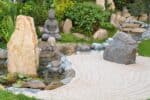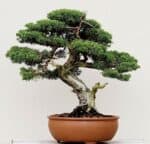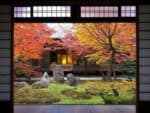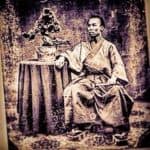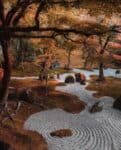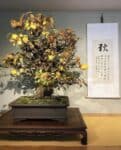Zen gardens go by a variety of different names, they can be known as Japanese rock gardens, Japanese landscape Gardens, or Karesansui which translates as dry mountain water. Rock gardens are ancient practices that date back centuries in both Japan and China.
The question is are Zen gardens Japanese or Chinese? Zen Gardens are Japanese because they began life in medieval Japan. The origin of Zen Gardens can be traced back to Kyoto, where the most famous garden Ryoan-Ji was designed in the 15th century.
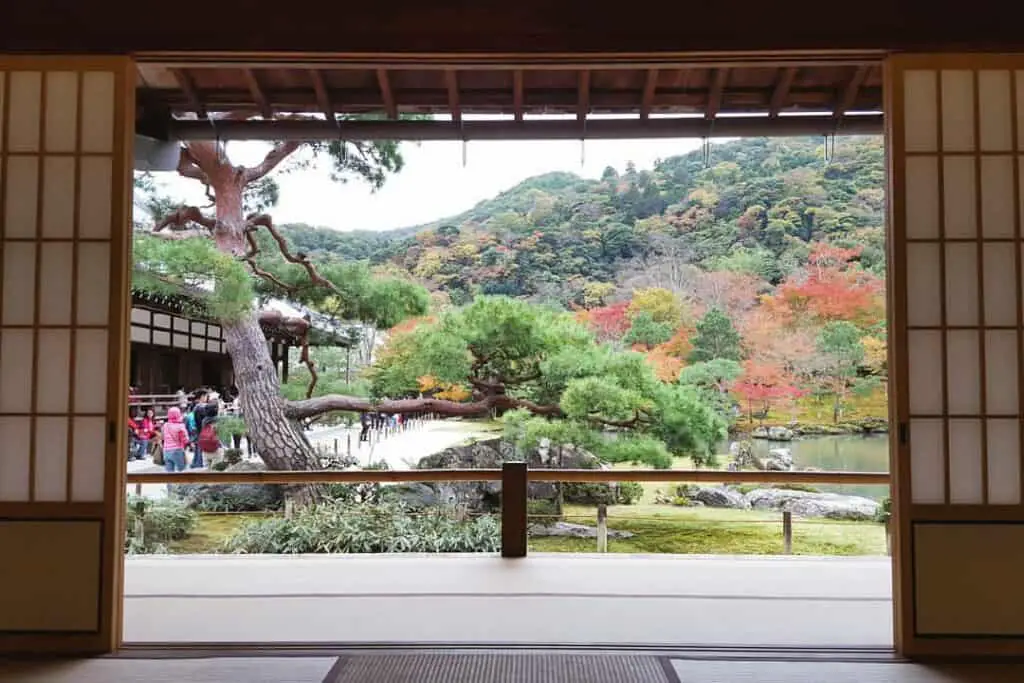

Zen gardens took their inspiration from a similar Chinese practice during the Song Dynasty (960 – 1279). Zen Gardens were originally founded at Zen temples as a place of meditation.
The history of dry landscapes dates back even further but their use in Zen Buddhism didn’t come about until the 14th century. Nowadays Zen gardens can be found all over the world, you can even buy miniature versions for your desk. Zen gardens are a popular place to practice meditation and their design and upkeep are part of a meditative process for the gardener.
Who Invented Zen Gardens?
The invention of Zen gardens dates back to the 14th century during Japan’s Muromachi period. By this point, dry rock landscapes had already become a part of mainstream garden culture. The origin of Zen Gardens has been traced back to a Zen monk known as Muso Soseki who is considered the father of Zen landscaping.
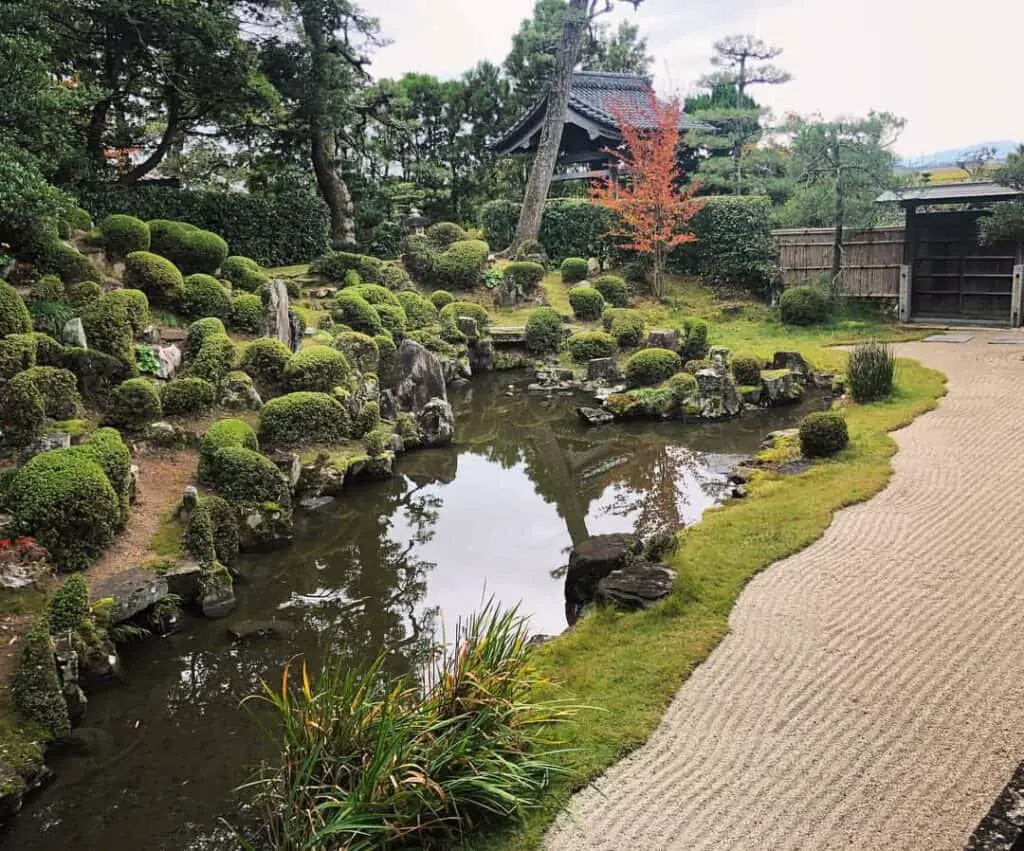
Muso Soseki is responsible for some of the oldest rock gardens and he helped to popularise this particular landscaping technique. He is responsible for building a Zen monastery in 1334 and with this temple, he built Zen gardens. It was at this temple that the three rock island was first used, which has become a very popular design technique used in Japanese gardens.
During this period, Zen gardens were designed only with rock and sand or gravel and used to mimic other elements of nature such as water and mountains. Zen monks would draw patterns in the gravel to mimic water and rocks placed in a way to represent hills and mountains. This became the basis for Zen gardens going forward, and new landscapes are an ongoing part of this legacy.
New elements have been added to dry landscaping over the years as the rock gardens are born from the distinctive imaginations of the gardeners. Things like bridges, lanterns, and moss are among the new items that you can find in more modern gardens. But even gardens designed today draw inspiration from the ancient prototypes designed by Muso Soseki.
What Are the Differences Between Japanese and Chinese Gardens?
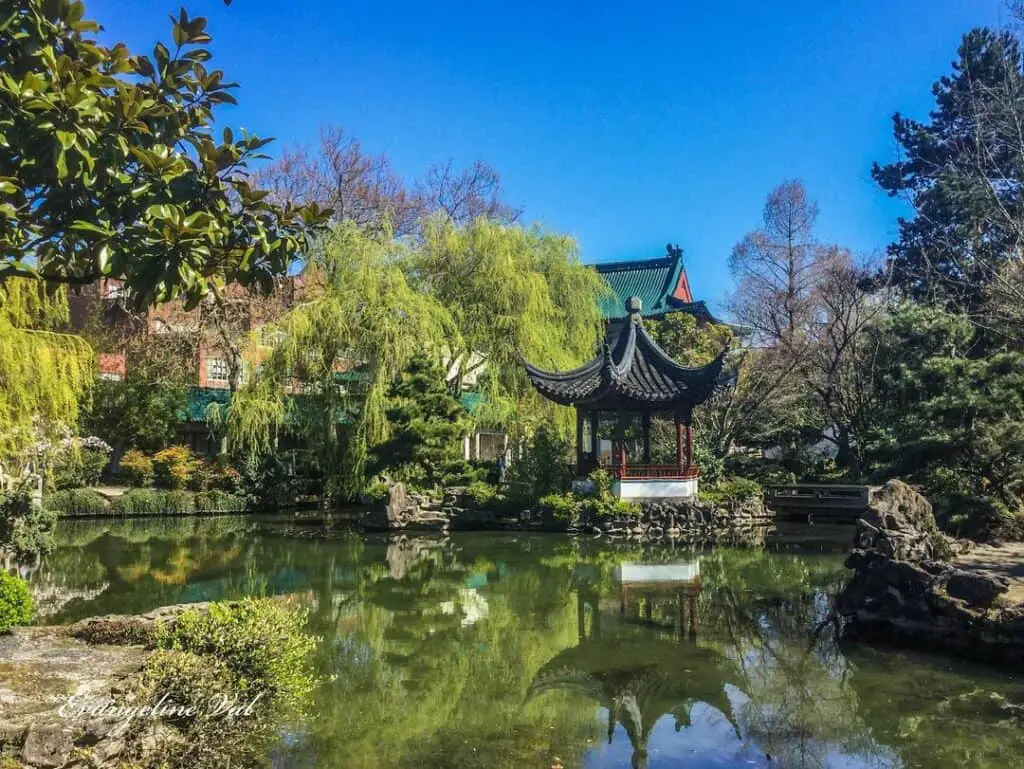
Dry rock landscapes originated from China before migrating to Japan and being popularised there. It was Japanese monks who began using this art form as a meditative process, and modern rock gardens are usually based on the Japanese version. However, we wouldn’t have them at all if it wasn’t for their development in China during the Song Dynasty.
To give a simplified version, the main differences are that Chinese gardens are more bold, exotic, and ornamental. There is a lot more architectural work going on with more structures, paths, and scenes. Japanese gardens on the other hand are designed to be a lot more subdued, austere, and minimalist, although they can still be large in size with multiple scenes.
Chinese gardens were built to showcase the garden owners’ aesthetic taste, artistic ability, and education. Whereas Zen gardens are a place of contemplation for the gardener and the viewer alike. However, both types of gardens share similarities, particularly as a connection between human beings and nature.
When the rock gardens originally made an appearance in Japan, they were direct copies of what Chinese gardens were like. It was slowly over time that Japan started to develop its own style and it was many centuries later that Zen gardens evolved from that and became part of Japanese culture the way we know it. Something that Japan is very good at doing is taking an existing thing, adapting it, and making it even better and that includes zen gardens.
Are Zen Gardens to Do With Buddhism?
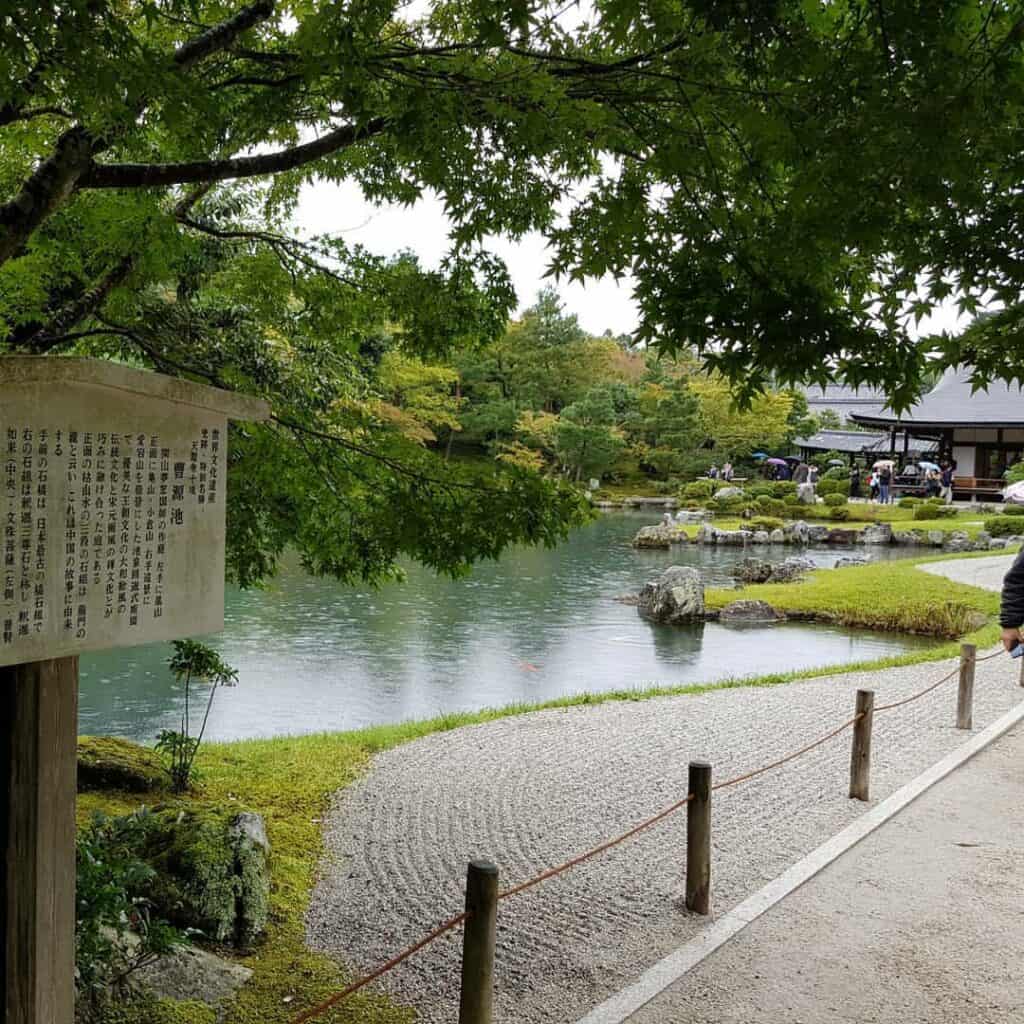
Zen gardens came about through Zen Buddhism which started to gain momentum through Japan in the 12th century. This religion was adopted by the samurai class and warlords, who appreciated the self-discipline. At temples built around this time, rock gardens very much resembled their Chinese garden counterparts.
It wasn’t until the 14th and 15th century in Kyoto that a new type of garden started to appear at Zen temples. The first of these gardens is considered to be Saihō-ji, “The Temple of the Perfumes of the West.” The temple had fallen into disrepair over time and it was Muso Soseki who was charged with restoring it.
Dry rock gardens have now become synonymous with Zen Buddhism and these gardens can be found all around the world. An ideal feature of Zen gardens is that they can be any size and fit into any space available. Zen gardens form part of a meditative process for the gardener and people can visit them to meditate.
Some gardens are designed to be viewed from a distance and there is usually a raised viewing platform above them. Other Zen gardens have pathways through them and they can be walked across. People shouldn’t walk directly only the sand or stones as they will disturb the features of the waves drawn into them.
What Are Modern Zen Gardens Like?
Modern Zen gardens resemble the designs that arose from Muso Soseki and his designs in Kyoto. During his period of designing temples and monasteries, some of his gardens still had significant influence from the Chinese designs. However over time, the process has been adapted and refined inspiration has come from the minimalist Japanese design rather than the bolder Chinese designs.
Modern Zen gardeners design their gardens as a place for mindfulness and meditation. It’s thought that the maintenance of these gardens such as the raking of the waves helps to clear your mind. The practice has now been miniaturized and tiny gardens can be designed to go in your home or at work.




